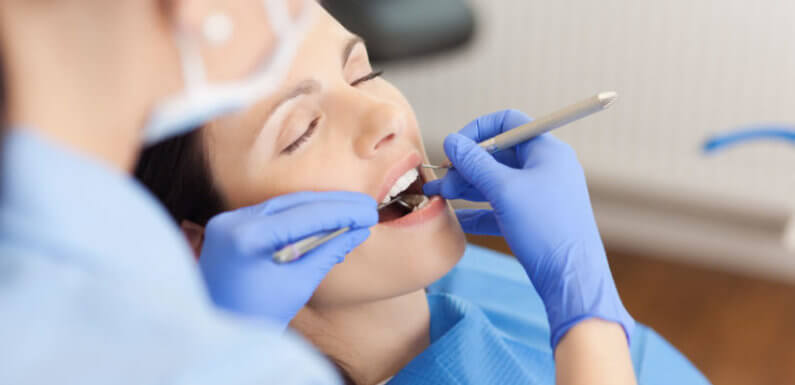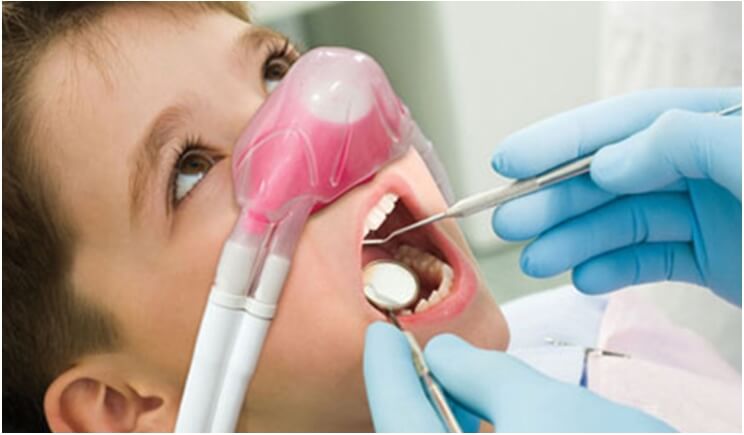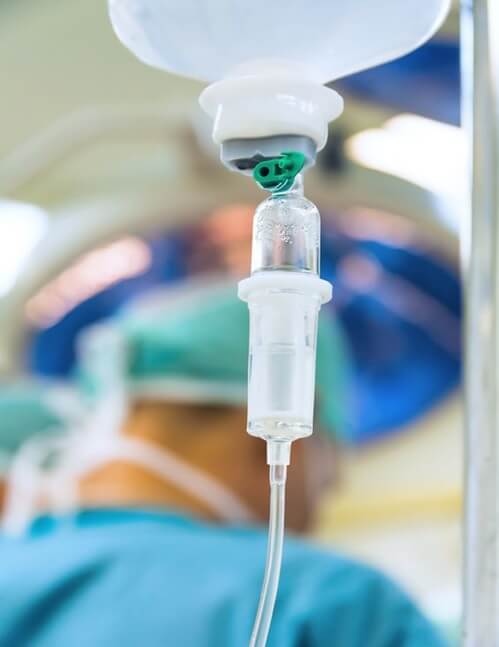
Sedation dentistry: Alleviates the Fear and Discomfort of Dental Treatment
Many people become prey to dental anxiety when it comes to dental appointments. Most have the impression that all dental appointments are long and painful.
Some have previous experience or memories of painful dental sessions, some become afraid by their own anticipations, while others just feel helpless and vulnerable while on the dental chair.
The typical lab equipment, sounds, and smell also can trigger panic attacks in many cases.
Hence, staying fully conscious during a dental session can be tough or disastrous for many people. This is where sedation dentistry comes into play.
What is Sedation Dentistry?
Sedation dentistry can be defined as a particular technique of dentistry where an assortment of safe medicines can be used to minimize and fight against dental anxiety.
Patients can be sedated to a drowsy daydreaming state, can be oblivious to the whole procedure, be relieved of the pain when on the dental chair, or even be completely anesthetized and unconscious during the whole process.
Why is Sedation Dentistry Appealing?
The aim of sedation dentistry is to allow patients to have a painless, relaxed and anxiety-free dental care.
It is seen that many people are tempted to cancel their dental appointment or postpone it due to the subconscious fear residing within them. Sedation is the perfect solution to get rid of these fears, get your dental treatment on time, save money, extra work, and most importantly, a set of good healthy teeth.
Even the people who aren’t afraid of dental appointments that face some other problems like a sensitive gag reflex, or getting stiff neck due to sitting still for a long time.
Sedatives can help you relax during the treatment.
Forms of Sedation Dentistry
Sedation techniques vary depending on patient’s age, condition, the course of treatment and susceptibility against certain types of medicine.
Depending on techniques, various levels of sedation can be achieved in patients. Some most common sedation techniques are described below.
● Inhaled Sedation

Source: bettendorfdental.com
Inhaled sedation is the oldest form of sedation for dental procedures among those which are still in use. This process uses nitrous oxide, commonly known as “laughing gas”, combined in a 50/50 mixture with oxygen (or in some cases with a normal minimum of 21% oxygen).
The gas mixture is introduced to the patient with a nose mask. Upon inhalation, the patient feels euphoric and relaxed and free from all discomforts.
The action of nitrous oxide mixture is very light and without any side effects. Hence it is very convenient to use this mixture during dental treatments. The euphoric or sedative effect wears off fast enough once the nose mask is removed, and hence it is one of the most-used sedatives when it comes about sedation dentistry.
(Fact: Nitrous oxide is on the World Health Organization’s List of Essential Medicines because of its easy use, no notable side effects and effective and safe sedation.)
Nowadays a new kind of nasal masks is introduced by Safe Sedate. These masks are easily portable, lightweight and come in many sizes.
In addition, these masks are disposable, and hence it limits the risk of contamination on a major scale.
● Oral Sedation

Source: diabetes.org
This type of sedation includes intake of the medicine in pill form usually an hour before the dental appointment. Oral sedatives offer a trance or day-dream type state to the patients, which keeps them oblivious to the treatment phase and relieves them of the pain.
Medications like Halcion® or Valium® are usually prescribed for this sedation technique.
Oral sedation is a convenient technique when it comes about maintenance and mode of administration.
Orally administering the drug makes this process easier. But the sedation effect is not fast-wearing enough when compared to the inhalation techniques.
Hence oral sedation is a method followed in case of a deeper sedation requirement.
● Intravenous (IV) Sedation

Source: dentaloncentral.com
Among sedation techniques, intravenous (IV) sedation induces a deeper form of sedation in the patients. Here sedative drugs are directly introduced into the bloodstream of the patient through the vein. IV sedation is generally used in the more complex dental procedures like wisdom tooth extraction.
IV sedation has a major plus-point that other sedation techniques do not. IV sedation allows the dentists to change the sedation level in the patient as per the need. This is not possible in other techniques.
As IV sedation induces a very deep form of sedation, it is important that the patients get an adequate time of rest to recover themselves.
A Quick note on General Anaesthesia
Although some dentists prefer general anesthesia over other methods of sedation, it is different from the sedation techniques. In case of general anesthesia, a deep sleep is induced in the patient, depriving him of all his senses. But in case of sedation, a certain level of consciousness is maintained in the patient. Anesthesia must be administered under observation of a qualified oral surgeon or an anesthesiologist and may be performed in a hospital setting.
If you are missing your dental appointments, don’t. Because avoiding your dentist means missing out on vital treatments, increasing dental issues and no drop in your dental anxiety. And when those fine dental sedation techniques are out there, what more is there to fear?
References:
https://www.dentalwellnessofwestchase.com/sedation-dentistry
